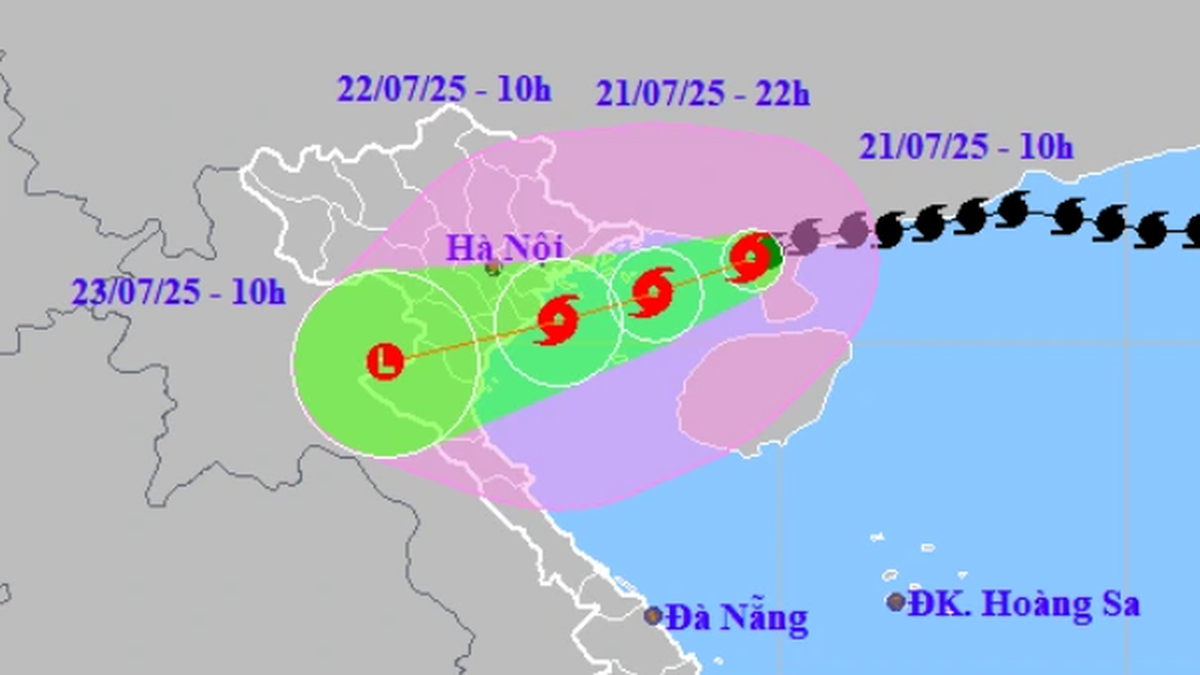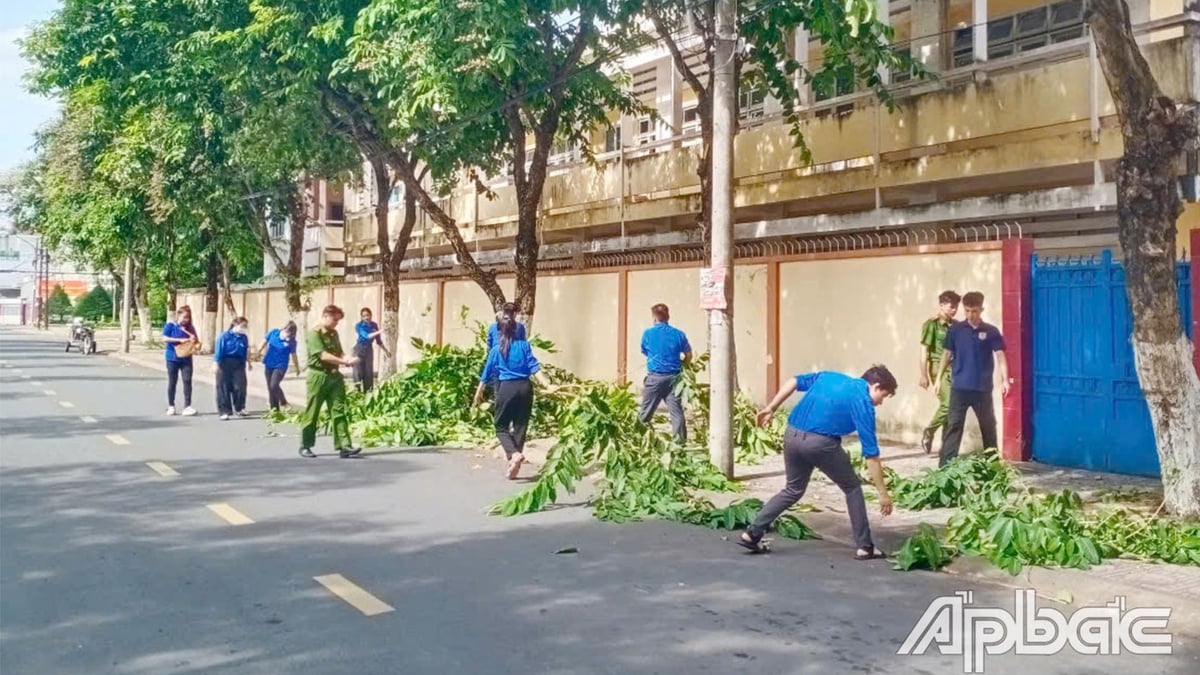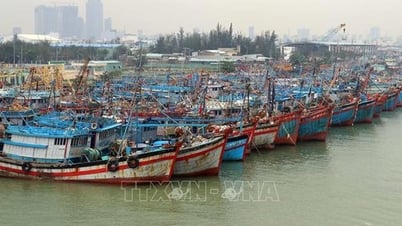Presented as a social history of Saigon and neighboring provinces in the early 20th century, 'Sinking and Floating in Saigon' revolves around the experiences and paths of 6 poor residents of different origins.
Taking the central theme of the poor and their lives in Saigon, it can be said that Floating in Saigon (published by Omega+) is the first and only book that gives readers an in-depth look at the situation of the poor and their efforts to survive in poverty under colonial rule.

Presented as a social history of Saigon and its surrounding provinces in the early 20th century, Sai Gon's Rise and Fall revolves around the experiences and paths of six poor residents from different backgrounds, detailing the livelihood strategies of those hiding in the shadows of the city once considered the "Pearl of the Orient".
The book tells a vivid story that begins in 1904, on the eve of a major storm that damaged crops and threw the rice trade into chaos, causing misery throughout Saigon and neighboring provinces.
After chapter 1 introduces Saigon in the context of the ups and downs of the rice economy in the region affecting the lives of individuals; the next 6 chapters follow a chronological order, each revealing the poverty of a character in colonial society from 1904-1929.
There was Luong Thi Lam, a prostitute from Bien Hoa province who had gone abroad to make a living and escape the colonial government. There was Tran Duong, a Hakka stonemason originally from southern China, who was accused by his former employer of joining the secret society Thien Dia Hoi. There was Aimée Lahaye, a young girl who grew up in the orphanage of the Holy Children's Association, who later found herself orphaned once again in life. There was a "human horse" who called himself Nguyen Van Thu and worked as a rickshaw driver on the streets of Saigon. There was Tran Van Chinh, a disabled man who struggled with his disability. And there was Félix Colonna d'Istria, a poor Frenchman who was always the victim of his own carelessness.
At first reading, these characters seem to be randomly chosen by the author because they were born in different communities - inside and outside Saigon, neighboring provinces, distant Europe... but they all have in common that they are small, miserable individuals in a colonial city in the early 20th century.
Author Haydon Cherry draws on a variety of historical sources to write biographies of these disadvantaged people, including administrative records, published statistics, official articles, missionary letters, colonial social science research... and especially recorded interviews with the six main characters and those around them.
The storytelling helps the poor who are easily forgotten to speak up for themselves, making readers feel sorry for the miserable lives of the poor.
Readers of Sai Gon Floating and Sinking can also explore social aspects of this period such as the story of betting cards that double as tax and fine cards, the activities of charities and relief organizations... At the same time, the book also acts as a geography book, providing information about some places in old Saigon.
Phuong Hoa (According to vietnamnet.vn)
Source






























![[Photo] National Assembly Chairman Tran Thanh Man visits Vietnamese Heroic Mother Ta Thi Tran](https://vphoto.vietnam.vn/thumb/1200x675/vietnam/resource/IMAGE/2025/7/20/765c0bd057dd44ad83ab89fe0255b783)



































































Comment (0)